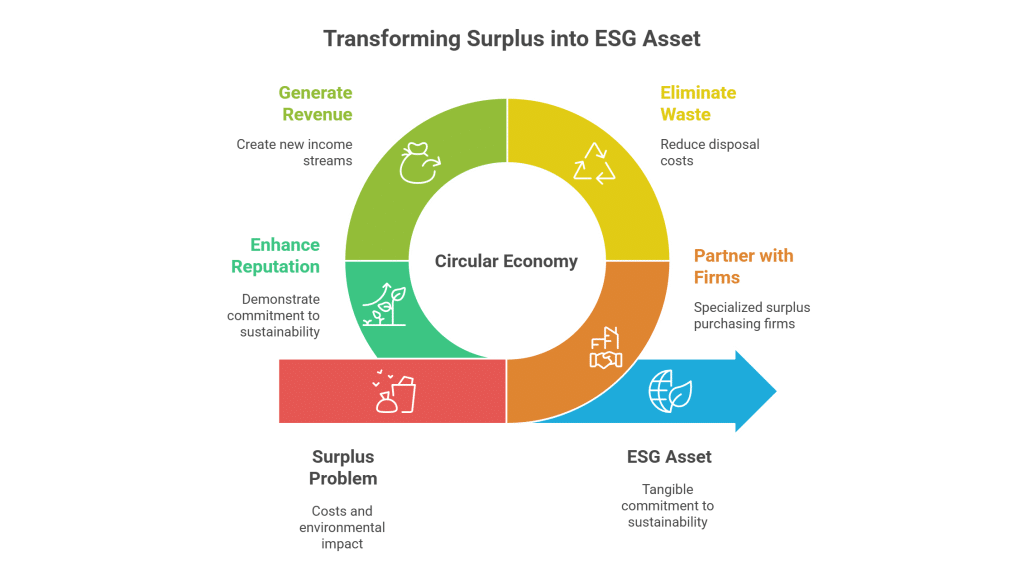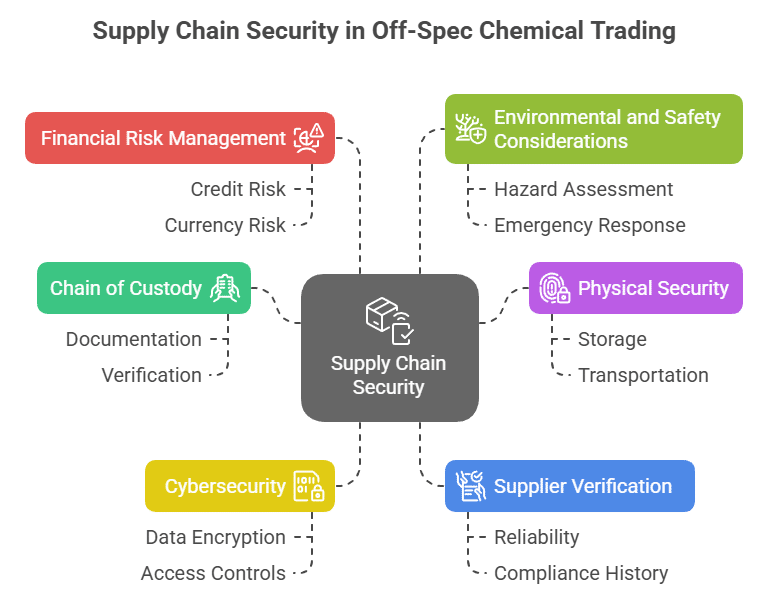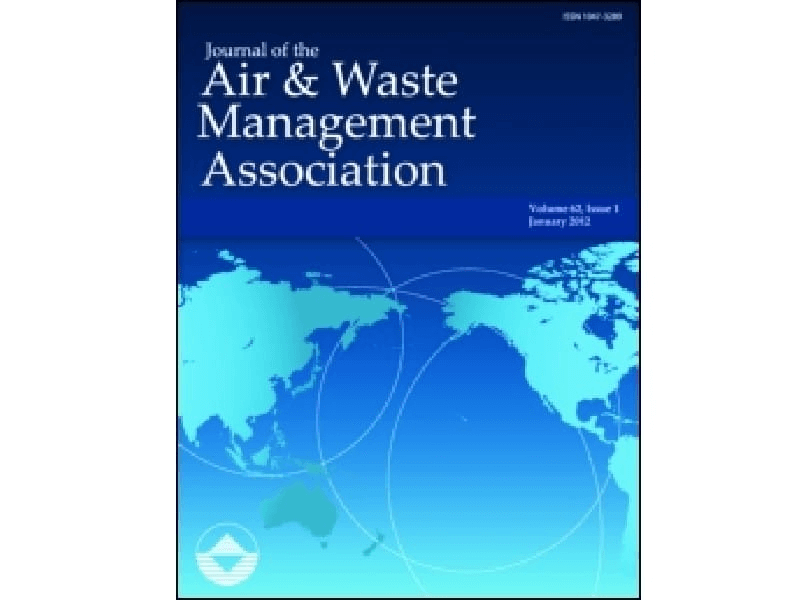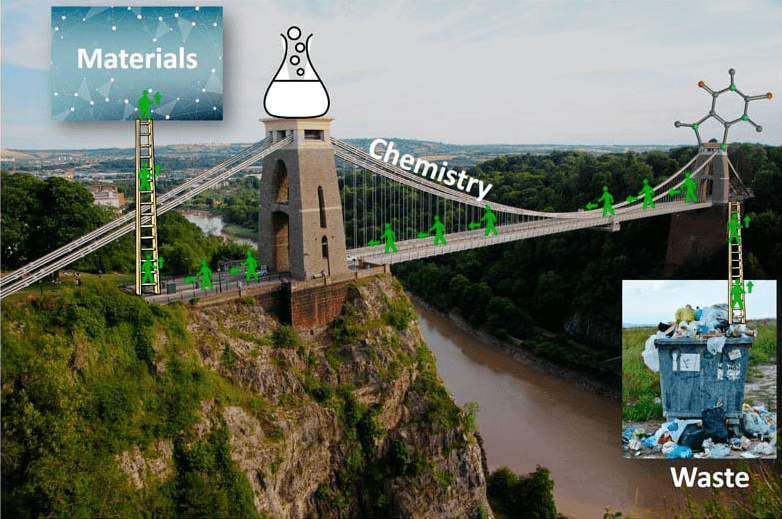Unlock the Potential of Hydrofluoric Acid in Silicon Oxide Etching
Hydrofluoric Acid (HF) is a unique compound known for its exceptional reactivity, especially in the removal of silicon oxides. Widely recognized in industrial applications, HF is critical in etching processes where precision is key. As surplus inventory, it represents not just oversupply but an opportunity for companies to recoup investments, manage excess stocks, and turn what might be waste into a valuable resource. This chemical’s specialized nature makes it essential for high-tech industries and process optimization.
Hydrofluoric Acid (HF) – Surplus Trading for Silicon Oxide Etching
Buying and selling surplus chemicals like Hydrofluoric Acid delivers clear benefits: it is cost-effective, enhances storage efficiency, and supports environmental sustainability. Companies can alleviate storage burdens and costly disposal fees by selling surplus HF. Meanwhile, buyers gain access to a reliable chemical resource at a reduced price, promoting circular economy practices. By trading surplus Hydrofluoric Acid, organizations not only save on disposal expenses but also generate revenue, aiding in compliance with strict environmental regulations and reducing the risk of regulatory penalties.
Hydrofluoric Acid in Etching Silicon Oxides
For buyers, acquiring surplus Hydrofluoric Acid provides cost savings through discounted excess inventory without compromising on quality. This reliable sourcing helps maintain production continuity in silicon etching, reduces lead times, and supports sustainable manufacturing practices by minimizing waste.
Sellers benefit by turning surplus inventory into revenue. Offloading excess HF helps free valuable storage space, reduces expensive disposal costs, and minimizes the environmental liabilities associated with hazardous waste. This sustainable approach not only improves financial returns but also enhances corporate responsibility and compliance with safety regulations.
Table of Contents
Surplus Trade Triumph: Transforming Waste into Value with Hydrofluoric Acid
In one notable instance, a leading semiconductor manufacturer found themselves burdened with a large surplus of Hydrofluoric Acid intended for silicon oxide etching. Faced with escalating storage costs and stringent environmental regulations that made disposal expensive, they partnered with a specialized surplus trading firm. By selling their excess HF, they not only recovered significant costs but also reduced hazardous waste and streamlined their inventory management. This successful strategy not only bolstered their bottom line but also reinforced their commitment to sustainable operations, proving that surplus chemicals can be an asset rather than a liability.
















